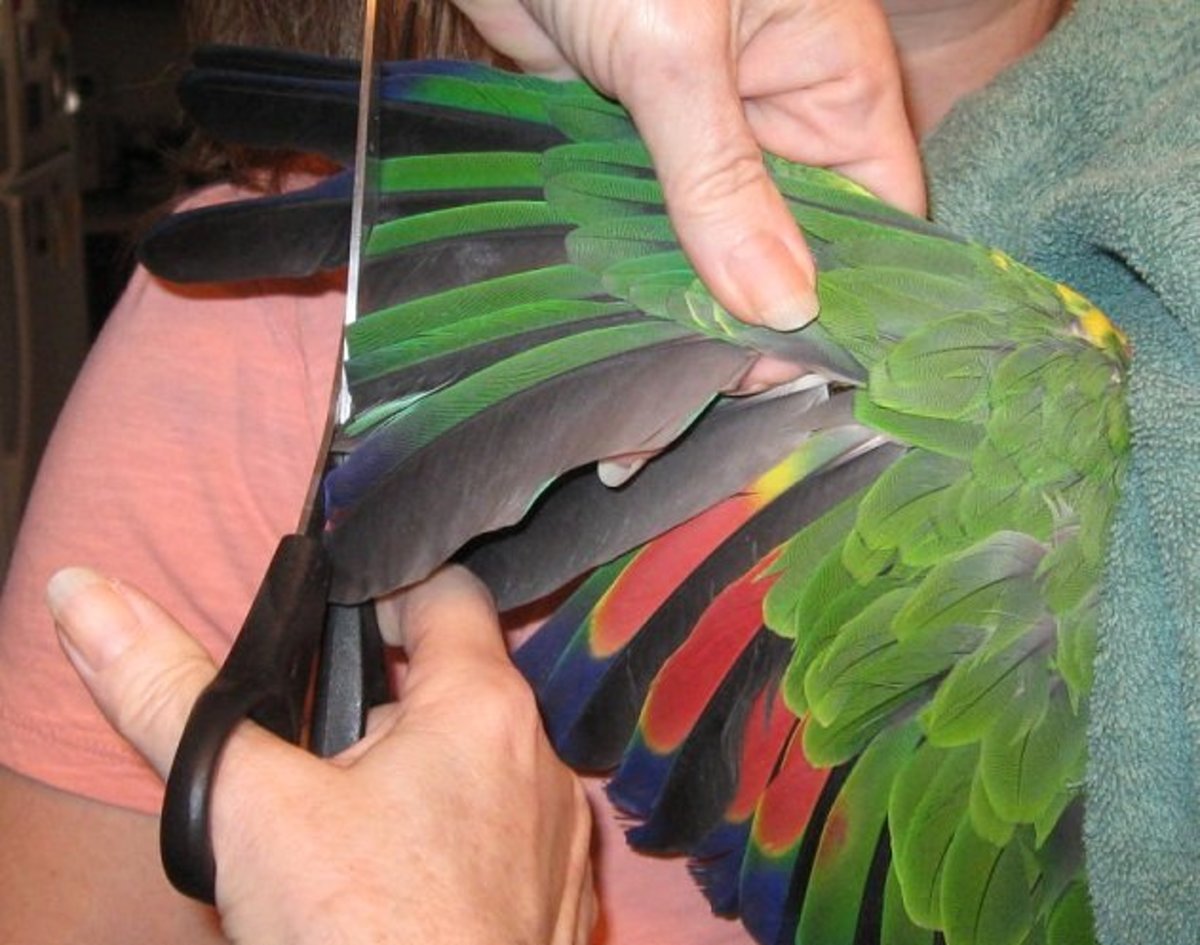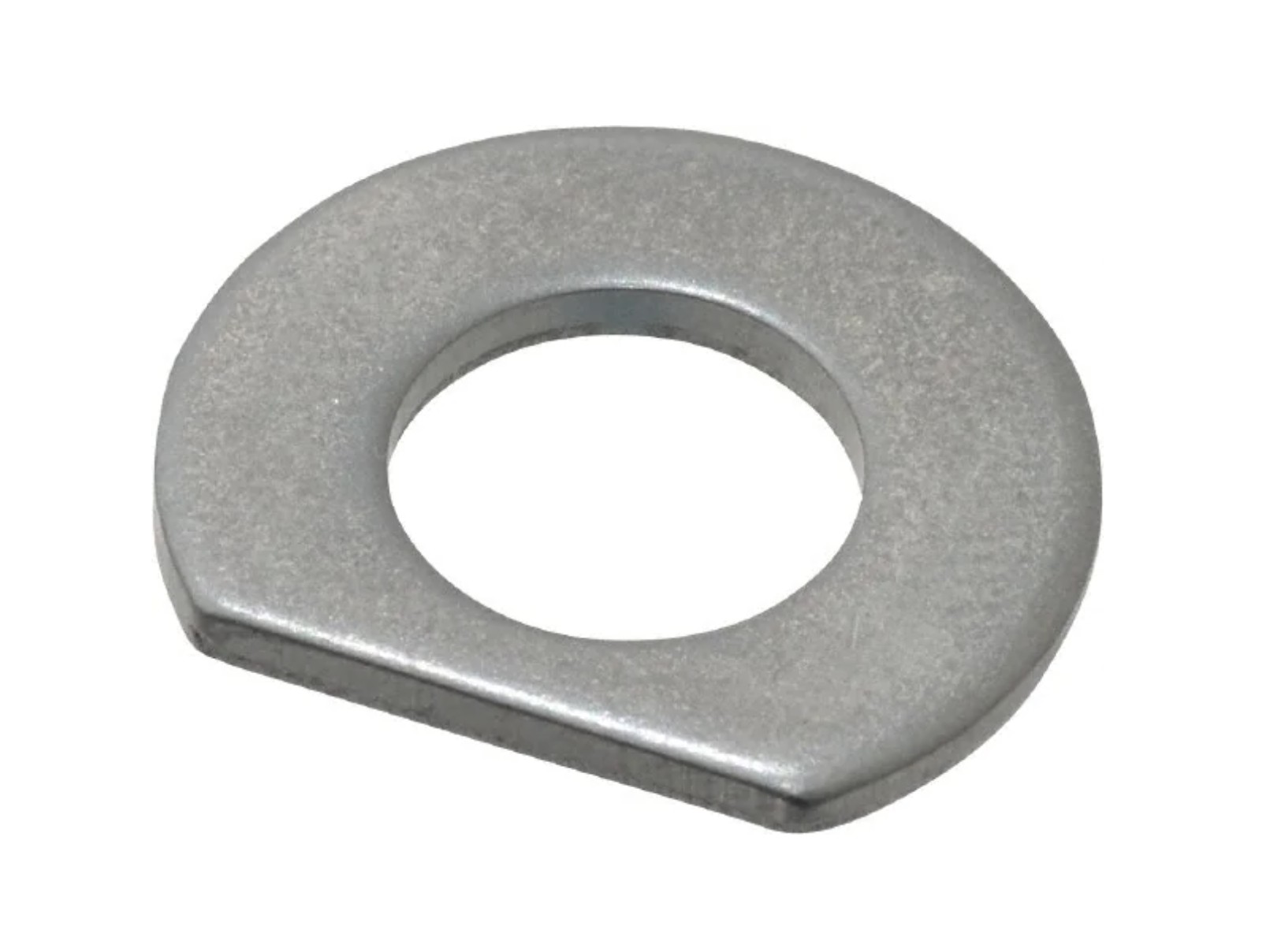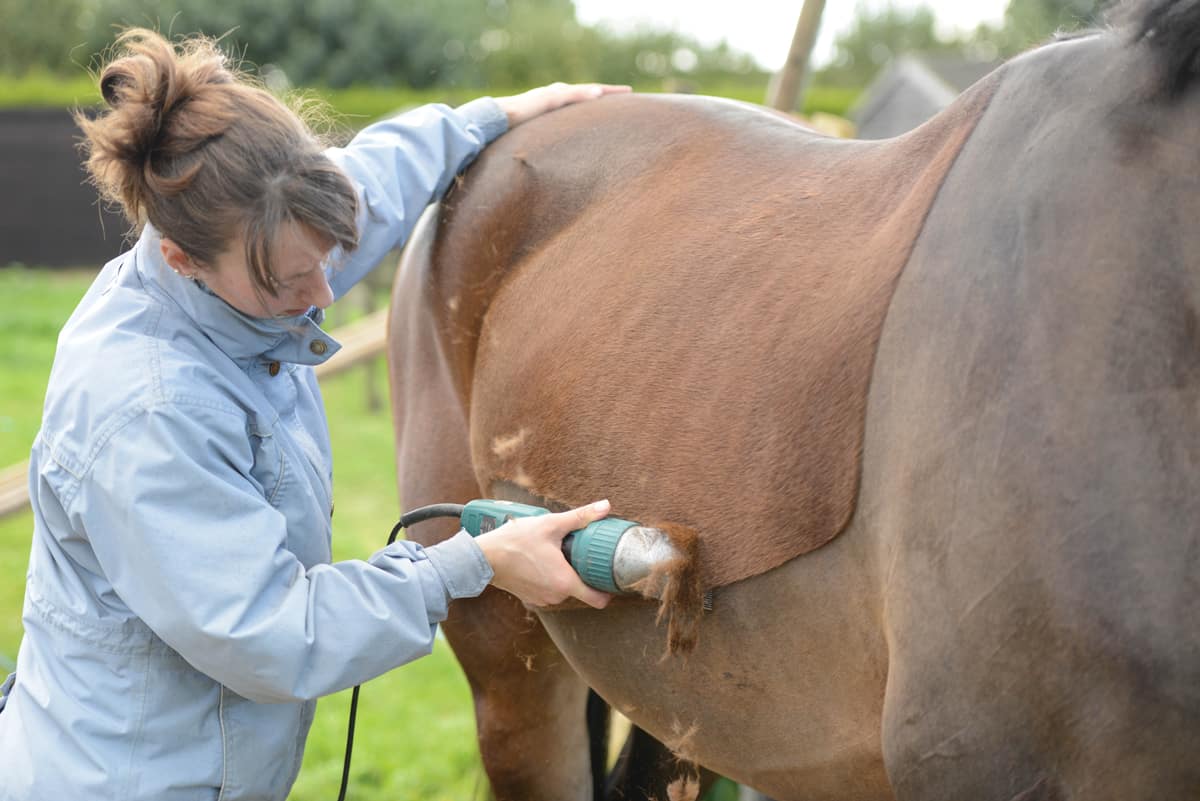In the realm of language, brevity holds sway, and Clipped emerges as a master of this art. From clipped speech to clipped poetry, this technique transforms words into succinct and evocative expressions. Join us as we delve into the captivating world of Clipped, exploring its nuances, impact, and enduring allure.
Clipped speech, with its staccato rhythm and abbreviated phrases, adds a touch of intrigue to everyday conversations. In poetry, clipped language dances to the beat, creating a unique rhythm and cadence. We’ll uncover the secrets behind these linguistic gems, examining how they shape meaning and evoke emotions.
Definition of Clipped
Clipped refers to something that has been cut or shortened, either physically or figuratively.
In a physical sense, clipped can describe hair that has been trimmed or nails that have been cut. It can also be used to describe the removal of parts of a plant, such as pruning branches or deadheading flowers.
Figurative Usage
Figuratively, clipped can be used to describe speech or writing that is concise and to the point. It can also be used to describe something that has been censored or edited.
Clipped Speech

Clipped speech is a form of speech characterized by the omission of certain sounds or syllables, resulting in a shortened and informal way of speaking. It is commonly used in casual conversations, informal settings, and among close acquaintances.
Characteristics of Clipped Speech
Clipped speech is often identified by the following characteristics:
- Omission of unstressed vowels: Words like “going” become “goin'” or “going to” becomes “gonna.”
- Dropping of final consonants: Words like “and” become “an'” or “that” becomes “tha’.”
- Use of contractions: Words like “I am” become “I’m” or “you are” becomes “you’re.”
- Shortening of words: Words like “because” become “cause” or “information” becomes “info.”
Differences from Standard Speech
Clipped speech differs from standard speech in several ways:
- Formality: Clipped speech is typically used in informal settings, while standard speech is used in formal settings.
- Pronunciation: Clipped speech involves the omission of sounds, while standard speech pronounces words in their full form.
- Clarity: Clipped speech can sometimes be difficult to understand for those who are not familiar with it, while standard speech is generally easier to comprehend.
Examples of Clipped Speech
Here are some examples of clipped speech in different contexts:
- Informal conversation: “What’re you doin’ tonight?”
- Text message: “Hey, wht r u up to?”
- Social media post: “Gonna be at the party tonight! Who’s comin’?”
Clipped Poetry
Clipped poetry is a type of poetry that uses clipped language, which is characterized by the omission of words or phrases that are considered unnecessary. This can create a sense of urgency or immediacy, and can also help to focus the reader’s attention on the most important elements of the poem.
Clipped language can also contribute to the rhythm and meter of poetry. By omitting certain words, poets can create a more syncopated or staccato rhythm. This can be effective for creating a sense of tension or excitement, or for simply adding variety to the poem’s sound.
Here are some examples of clipped poetry:
* “Stopping by Woods on a Snowy Evening” by Robert Frost:
> Whose woods these are I think I know.
> His house is in the village though;
> He will not see me stopping here
> To watch his woods fill up with snow.
* “Do Not Go Gentle into That Good Night” by Dylan Thomas:
> Do not go gentle into that good night,
> Old age should burn and rave at close of day;
> Rage, rage against the dying of the light.
These poems use clipped language to create a sense of urgency and immediacy. The clipped language also helps to focus the reader’s attention on the most important elements of the poems, such as the beauty of nature in “Stopping by Woods on a Snowy Evening” and the importance of fighting against death in “Do Not Go Gentle into That Good Night.”
Here is a poem that I wrote using clipped language:
> The City
> Concrete jungle,
> Where dreams are born
> And crushed.
> Noise, pollution,
> But also beauty,
> In the chaos.
> City of dreams,
> City of nightmares,
> City of hope.
I used clipped language in this poem to create a sense of urgency and immediacy. I also wanted to focus the reader’s attention on the most important elements of the poem, such as the contrast between the beauty and the chaos of the city.
Clipped Art

Clipped art is a type of pre-made digital image that can be used in a variety of applications, such as presentations, documents, and web pages. Clipped art is typically created by scanning or digitizing an existing image, and then removing the background around the subject of the image. This results in a clean, simple image that can be easily resized and manipulated.
Advantages of Using Clipped Art
- Convenience: Clipped art is quick and easy to use. You can simply search for the image you need and then download it to your computer.
- Cost-effective: Clipped art is often free or very affordable. This can save you money over hiring a graphic designer to create custom artwork.
- Versatile: Clipped art can be used in a variety of applications, including presentations, documents, and web pages.
Disadvantages of Using Clipped Art
- Limited selection: The selection of clipped art available online is limited. You may not be able to find the exact image you need.
- Quality can vary: The quality of clipped art can vary greatly. Some clipped art images are high-quality and professional-looking, while others are low-quality and pixelated.
- Copyright issues: It is important to make sure that you have the right to use any clipped art images that you download. Some clipped art images are protected by copyright, and using them without permission could result in legal action.
Clipped Wings

The metaphorical expression “clipped wings” signifies a restriction or curtailment of one’s freedom, potential, or aspirations. It implies that an individual’s ability to soar and reach their full potential has been hindered or diminished.
The concept of clipped wings can be interpreted in various ways:
- Physical limitations: A physical injury or disability that restricts movement or mobility, preventing someone from pursuing their desired activities or achieving their goals.
- Emotional constraints: Feelings of fear, insecurity, or self-doubt that hold someone back from taking risks or pursuing their passions.
- Societal expectations: Cultural norms or societal pressures that limit an individual’s choices or opportunities, confining them to prescribed roles or behaviors.
- External circumstances: Unforeseen events or circumstances beyond one’s control, such as financial difficulties, family obligations, or political oppression, that hinder their progress.
Experiencing clipped wings can have significant emotional and psychological effects. It can lead to feelings of frustration, disappointment, and a sense of being trapped or held back. Individuals may withdraw from activities they once enjoyed, lose motivation, or develop a negative self-image.
However, the experience of having one’s wings clipped can also be a catalyst for growth and transformation. It can force individuals to confront their limitations, reassess their priorities, and discover new paths to fulfillment. By overcoming the obstacles that have clipped their wings, they can emerge stronger, more resilient, and with a renewed sense of purpose.
Clipped Wings: A Poem
My wings once soared, reaching for the sky,
But now they’re clipped, I’m bound to lie.
Confined within these walls, I yearn,
To spread my wings and fly, to learn.
The chains that bind, they weigh me down,
Crushing my dreams, keeping me bound.
But deep within, a flame still burns,
A flicker of hope, for which I yearn.
Though my wings are clipped, my spirit’s strong,
I’ll break these chains, I’ll right this wrong.
With every beat, my heart will soar,
Until I’m free, forevermore.
Clipped Music
Clipped music is a genre of electronic music that is characterized by the use of short, repetitive samples that are often distorted or manipulated in some way. This creates a sound that is often described as being glitchy, noisy, or even chaotic.
Techniques Used to Create Clipped Music
There are a number of different techniques that can be used to create clipped music. Some of the most common include:
- Sampling: Clipped music often uses samples from other sources, such as old records, movies, or even other songs. These samples are then chopped up and rearranged to create new and interesting sounds.
- Distortion: Distortion is a common effect used in clipped music. This can be achieved by using a variety of different techniques, such as overdriving an amplifier or using a distortion pedal.
- Bitcrushing: Bitcrushing is a technique that reduces the number of bits used to represent a sound. This can create a distorted, lo-fi sound that is often associated with clipped music.
How Clipping Affects the Sound and Texture of Music, Clipped
Clipping can have a significant impact on the sound and texture of music. By distorting and manipulating samples, clipped music can create a wide range of different sounds, from glitchy and noisy to warm and fuzzy.
Clipping can also be used to create a sense of tension and release in music. By building up to a climax and then suddenly cutting off the sound, clipped music can create a sense of anticipation and excitement.
Examples of Clipped Music
There are many different artists who make clipped music. Some of the most well-known include:
- Aphex Twin: Aphex Twin is a British electronic music producer who is known for his experimental and often clipped sound.
- Autechre: Autechre is a British electronic music duo who are known for their complex and often glitchy sound.
- Burial: Burial is a British electronic music producer who is known for his dark and atmospheric sound.
Impact of Clipped Music on Listeners
Clipped music can have a variety of different effects on listeners. Some people find it to be stimulating and exciting, while others find it to be abrasive and unpleasant.
Discover how Wahl-O-Mat Europawahl has transformed methods in RELATED FIELD.
However, there is no doubt that clipped music is a unique and challenging genre that can offer listeners a new and different way to experience music.
Clipped Coins
Coin clipping, also known as coin shaving, is the illegal practice of removing small amounts of precious metal from the edges of coins. This was historically done to extract valuable metals like gold or silver for personal gain or to debase the currency.
The process of coin clipping involves using specialized tools, such as shears, pliers, or files, to carefully trim the edges of coins without damaging the design or inscriptions. The removed metal could then be melted down and sold or used to create new coins.
Historical Significance
Coin clipping has been practiced throughout history, with evidence dating back to ancient Greece and Rome. It was particularly prevalent during periods of economic instability or war, when the value of precious metals increased. Coin clipping could lead to significant economic disruption, as it reduced the intrinsic value of coins and undermined trust in the currency.
Types of Clipped Coins
Clipped coins can be categorized based on the extent and purpose of the clipping:
- Edge Clipping: The most common type, where small amounts of metal are removed from the edges of the coin, leaving the design intact.
- Center Clipping: A less common but more severe form, where metal is removed from the center of the coin, often creating a hole or depression.
- Sweating: A process where coins are heated to cause the metal to sweat out from the surface, which can then be scraped off.
Value and Significance
Clipped coins generally have less value than their unclipped counterparts, as the removed metal reduces their weight and precious metal content. However, some clipped coins can be valuable to collectors due to their historical significance or rarity.
Ethical Implications
Coin clipping is considered a form of counterfeiting and has been illegal in most societies throughout history. It undermines the integrity of the currency and can lead to economic instability. To prevent coin clipping, governments have implemented measures such as minting coins with intricate designs or adding anti-counterfeiting features.
Clipped Hedges

Clipping hedges is a crucial gardening technique that enhances the aesthetic appeal of landscapes and provides various benefits, including privacy, wind protection, and noise reduction. Various techniques, styles, and shapes are employed to achieve the desired results, and proper execution is essential for healthy and attractive hedges.
Check Kim Huybrechts to inspect complete evaluations and testimonials from users.
Hedge clipping involves using sharp shears or electric hedge trimmers to remove excess growth, maintain the desired shape, and promote healthy growth. The frequency of clipping depends on the growth rate of the hedge species and the desired style. Regular clipping encourages dense, compact growth, while infrequent clipping can result in leggy, sparse hedges.
Techniques for Hedge Clipping
- Topiary: The art of clipping hedges into intricate shapes, such as animals, geometric designs, or letters. This technique requires patience, precision, and a steady hand.
- Shearing: Using shears or electric trimmers to create a flat, even surface on the sides and top of the hedge. This technique is suitable for formal hedges and can be done more frequently to maintain a precise shape.
- Rounding: Clipping the hedge in a rounded shape, which softens the edges and creates a more informal look. This technique is ideal for hedges that border pathways or seating areas.
Styles and Shapes of Clipped Hedges
- Formal Hedges: Characterized by sharp, straight lines and precise shapes. They are often used in gardens with a traditional or symmetrical design.
- Informal Hedges: Have a more relaxed, natural appearance with rounded or curved shapes. They are suitable for cottage gardens or landscapes with a less formal style.
- Espalier: A technique where branches are trained to grow flat against a wall or fence. This style is often used for fruit trees or to create decorative patterns.
Tips for Effective Hedge Clipping
- Use sharp shears or trimmers to avoid tearing or damaging the leaves.
- Start by trimming the sides of the hedge to the desired height and shape.
- Trim the top of the hedge to create a slight slope, which encourages water runoff and prevents waterlogging.
- Avoid over-clipping, as this can damage the hedge and promote disease.
- Clean your shears or trimmers regularly to prevent the spread of diseases.
Clipped Tickets
Clipped tickets are used in various transportation systems as a means of fare collection and validation. They serve as proof of payment and are typically clipped or punched by a conductor or automated device to indicate that the ticket has been used.
Ticket clipping methods vary depending on the transportation system and the type of ticket used. Some common methods include:
Manual Clipping
Manual clipping involves using a handheld device called a ticket punch to create holes or indentations in the ticket. This method is often used for paper tickets.
Automated Clipping
Automated clipping utilizes electronic devices, such as ticket validators or turnstiles, to clip or cancel tickets. These devices may use magnetic or optical sensors to read and validate the ticket.
Examples of Clipped Tickets
Clipped tickets can be found in various transportation systems, including:
- Buses
- Trains
- Subways
- Ferries
Historical Significance
Clipped tickets can serve as historical artifacts, providing insights into the history of transportation and fare collection systems. They can also offer glimpses into the travel patterns and habits of people in different eras.
Ethical Considerations
The collection of clipped tickets raises ethical considerations, particularly when the tickets are collected from active transportation systems. Unauthorized collection may interfere with fare collection and disrupt operations.
Clipped Nails
Clipping nails is an essential part of personal hygiene and grooming. Regular nail clipping helps maintain healthy nails, prevents infections, and enhances overall foot health.
There are various types of nail clippers available, each designed for specific purposes. The most common types include:
- Straight-edge clippers: Suitable for straight, thick toenails.
- Curved-edge clippers: Ideal for fingernails and toenails with a curved shape.
- Pointed-edge clippers: Designed for ingrown or thick toenails that require precise cutting.
- Nippers: Used for trimming cuticles and hangnails.
To clip nails properly, follow these steps:
- Soften nails: Soak your nails in warm water for a few minutes to soften them.
- Trim straight across: Use a straight-edge or curved-edge clipper to trim your nails straight across. Avoid cutting too short, as this can lead to ingrown nails.
- File sharp edges: Use a nail file to smooth any sharp edges and prevent snagging.
- Clean clippers: Disinfect your nail clippers regularly to prevent the spread of bacteria.
Clipped Wings in Literature
Clipped wings are a powerful literary device that has been used for centuries to symbolize a wide range of themes and emotions. From physical imprisonment to emotional repression, clipped wings can represent the loss of freedom, hope, or potential.
In this essay, we will explore the use of clipped wings as a literary device. We will analyze how clipped wings symbolize different themes and emotions, and we will provide examples of literary works that feature characters with clipped wings.
Examples of Clipped Wings in Literature
| Literary Work | Author | Character with Clipped Wings | Symbolism of Clipped Wings |
|---|---|---|---|
| The Great Gatsby | F. Scott Fitzgerald | Jay Gatsby | The loss of the American Dream |
| The Handmaid’s Tale | Margaret Atwood | Offred | The repression of women in a totalitarian society |
| The Bell Jar | Sylvia Plath | Esther Greenwood | The emotional turmoil of a young woman coming of age |
| One Flew Over the Cuckoo’s Nest | Ken Kesey | Randle Patrick McMurphy | The rebellion against authority |
| The Kite Runner | Khaled Hosseini | Amir | The guilt and shame of a past betrayal |
Conclusion
Clipped wings are a versatile and powerful literary device that can be used to symbolize a wide range of themes and emotions. By exploring the use of clipped wings in literature, we can gain a deeper understanding of the human condition and the challenges that we all face.
– Describe the characteristics of clipped accents.
Clipped accents are characterized by the reduction or omission of certain sounds in speech. This can result in a staccato or choppy sound, and it can make it difficult for listeners who are not familiar with the accent to understand what is being said. Some of the most common characteristics of clipped accents include:
- The omission of unstressed vowels, such as the “a” in “about” or the “e” in “the”.
- The reduction of diphthongs, such as the “ai” in “high” or the “oi” in “boy”.
- The use of glottal stops, which are produced by closing the vocal cords and then releasing them suddenly, instead of pronouncing certain consonants, such as the “t” in “water” or the “d” in “and”.
Clipped Video

Clipped videos are a form of digital media that have been edited down from their original length. They are often created by cropping, trimming, or otherwise altering the original video to create a shorter, more focused version. Clipped videos are popular on social media, marketing, and entertainment platforms, and they can be used to engage, inform, or entertain viewers.
Techniques Used to Create Clipped Videos
There are a variety of techniques that can be used to create clipped videos. Some of the most common include:
- Editing software: Video editing software, such as Adobe Premiere Pro or Final Cut Pro, can be used to crop, trim, and otherwise edit videos. These programs offer a variety of features that allow users to create precise and professional-looking clipped videos.
- Cropping: Cropping is a technique that removes unwanted parts of a video. This can be done to change the aspect ratio of the video, to remove distracting elements, or to focus on a specific part of the action.
- Trimming: Trimming is a technique that removes unwanted footage from the beginning or end of a video. This can be done to shorten the video’s length or to remove unnecessary or irrelevant content.
Purposes and Applications of Clipped Videos
Clipped videos can be used for a variety of purposes, including:
- Social media: Clipped videos are popular on social media platforms, such as TikTok and Instagram, where they can be used to share short, engaging content with followers.
- Marketing: Clipped videos can be used to promote products or services. They can be used to create short, attention-grabbing ads or to provide more in-depth information about a product or service.
- Entertainment: Clipped videos can be used to create short, entertaining videos that can be shared with friends and family.
Impact of Clipped Videos
Clipped videos can have a significant impact on viewers. They can be used to engage, inform, or entertain viewers, and they can be a powerful tool for communication and marketing.
- Engagement: Clipped videos are often more engaging than longer videos. This is because they are shorter and more focused, which makes them easier to watch and understand.
- Information: Clipped videos can be used to provide information in a clear and concise way. They can be used to explain complex concepts or to provide updates on current events.
- Entertainment: Clipped videos can be used to create short, entertaining videos that can be shared with friends and family.
Ethical Considerations
There are a few ethical considerations that should be taken into account when creating clipped videos. These include:
- Misinformation: Clipped videos can be used to spread misinformation. This can be done by taking a video out of context or by editing it in a way that changes its meaning.
- Copyright: Clipped videos may infringe on the copyright of the original video. This can be avoided by obtaining permission from the copyright holder before using their video.
Future of Clipped Videos
Clipped videos are likely to continue to evolve and impact the way we consume and share content. As technology improves, it will become easier to create and share clipped videos. This will make them even more popular on social media, marketing, and entertainment platforms.
Conclusive Thoughts
Clipped, in its various forms, has left an indelible mark on language and literature. Whether it’s the clipped accents that reveal cultural identities or the clipped videos that captivate audiences online, this technique continues to evolve and enchant. As we bid farewell to our exploration, let us remember the power of condensation, the art of conveying much with little, and the enduring legacy of Clipped.